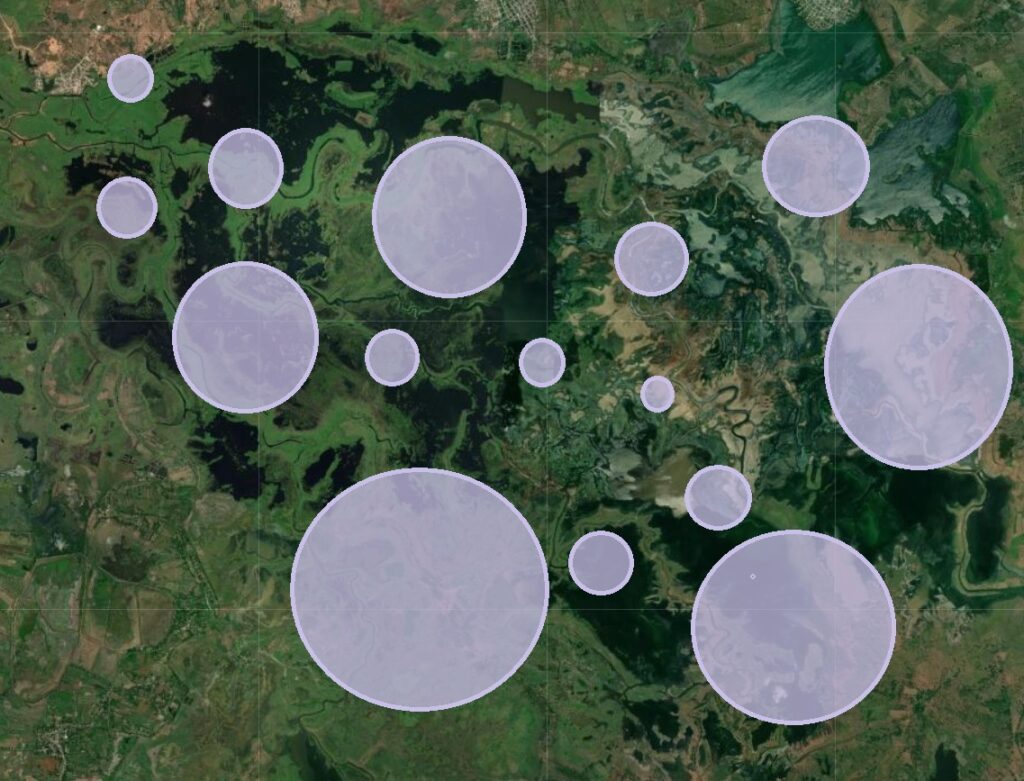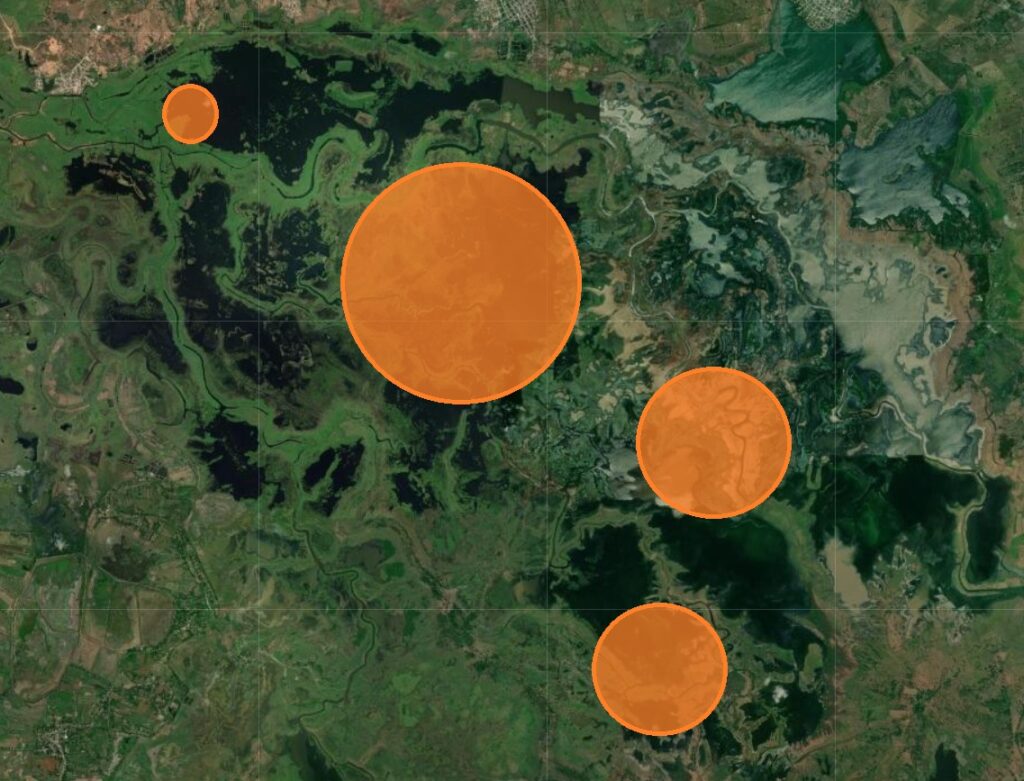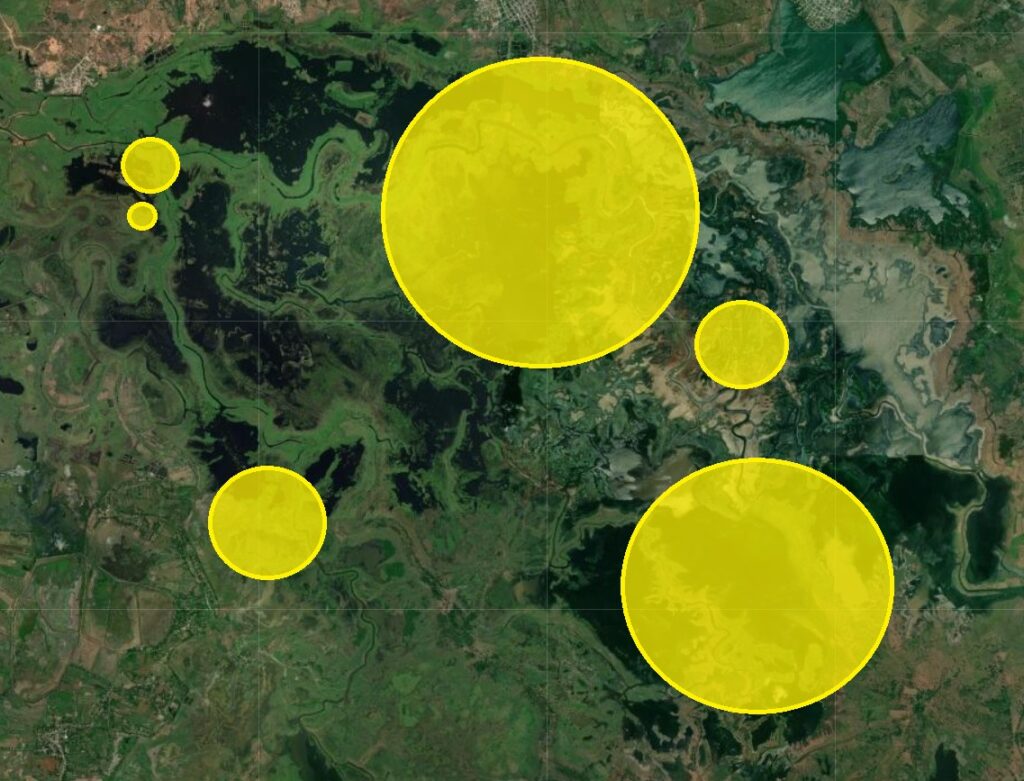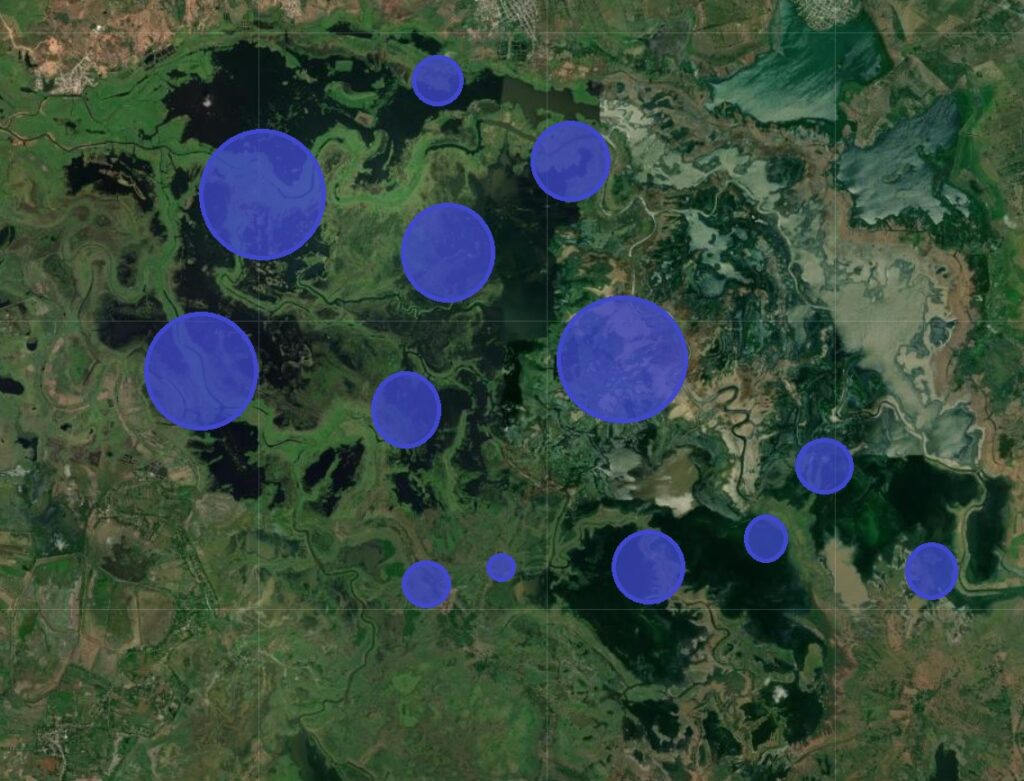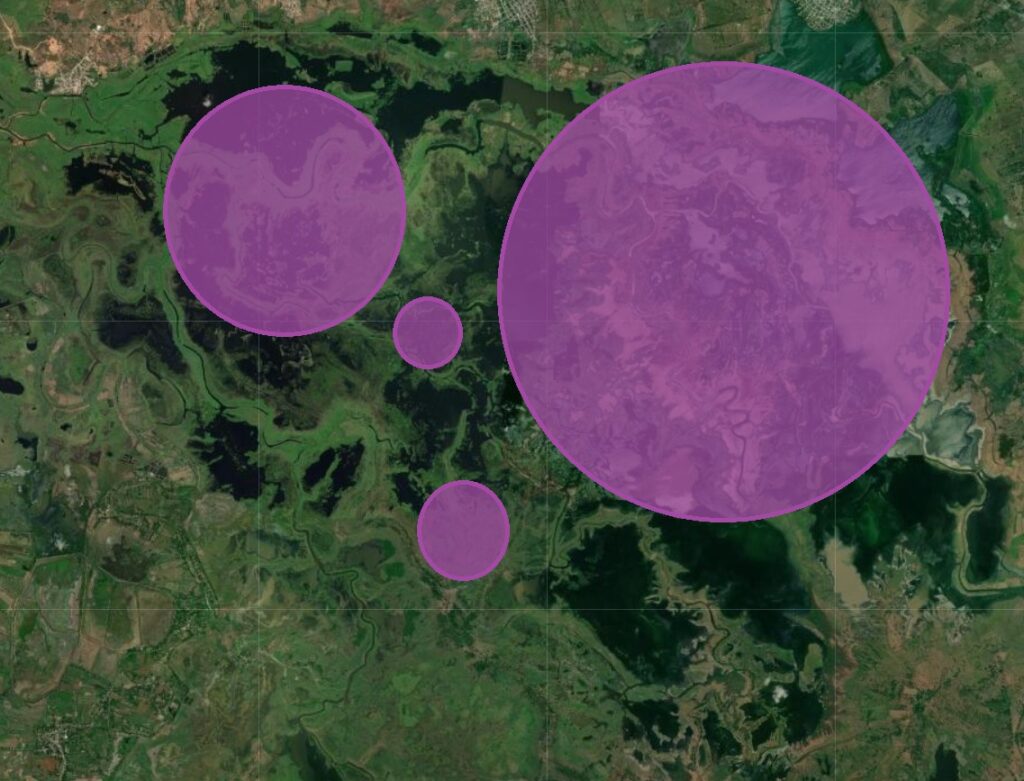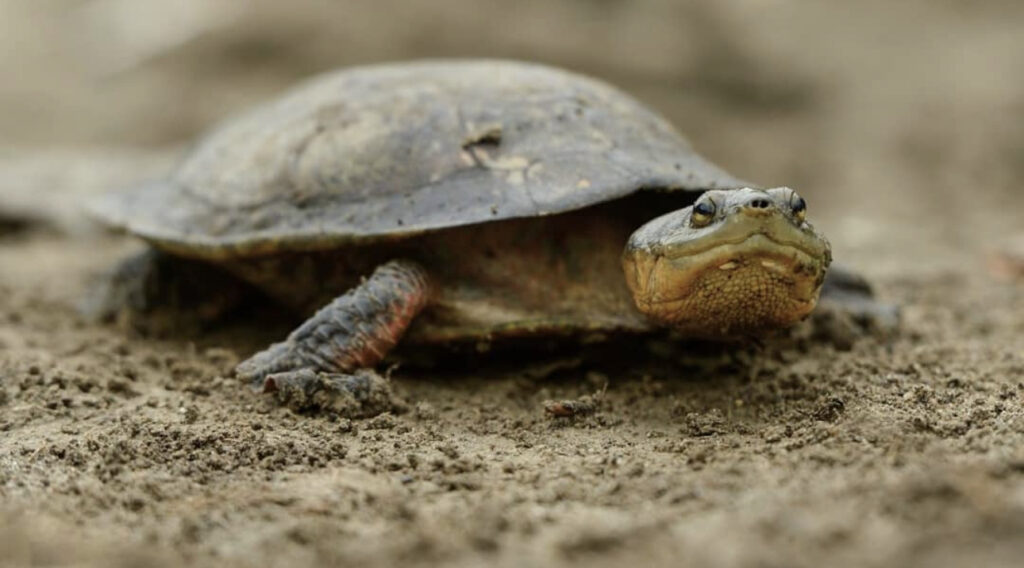
SUMMARY
In the present study, the design of ecological corridors and buffer zones is proposed as a measure for the expansion and restoration of the connectivity of the habitat of the endemic species Carranchina turtle (Mesoclemmys dahli) in the north-central provinces of Sucre and Córdona, located to the northwestern Colombia. The methodology used, the result of modifications to the Bentrup (2008) proposal, was based on the analysis of geographic parameters that define areas with the best territorial aptitude for the habitat of the species. Likewise, the study is based on a cost analysis that, through a Geographic Information System, allows defining the potential location of the functional connectors. In this way, the model provides reliable information that makes it possible to accurately propose the layout of corridors and buffer zones. As will be noted in due course, the methodology used can be adjusted for other species.
Keywords: ecological corridors; buffer zones; Mesoclemmys dahli; Colombia
